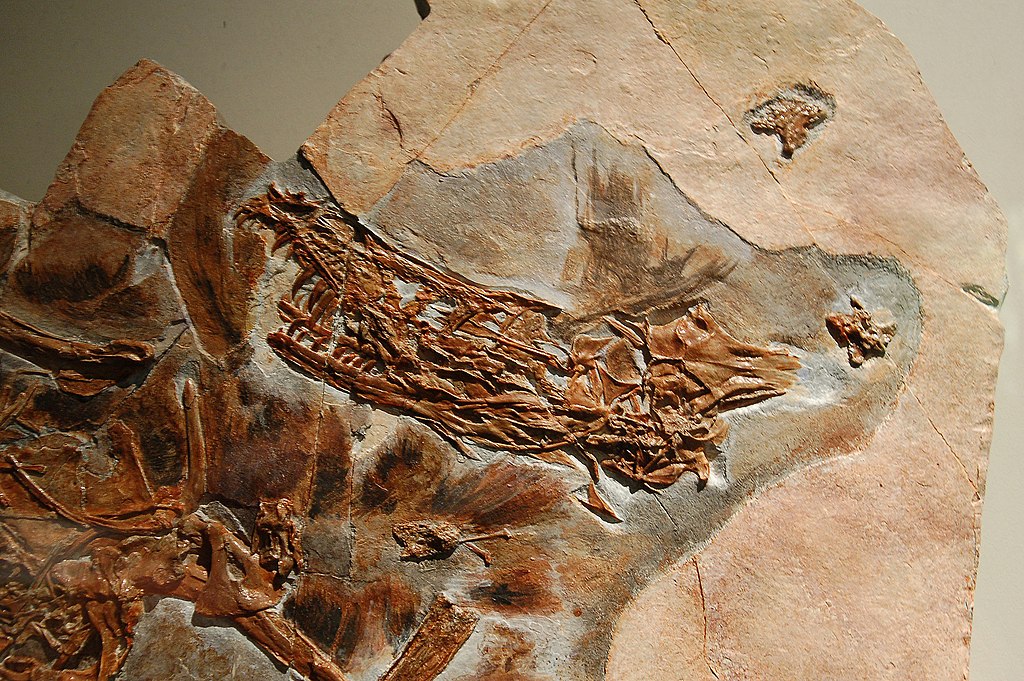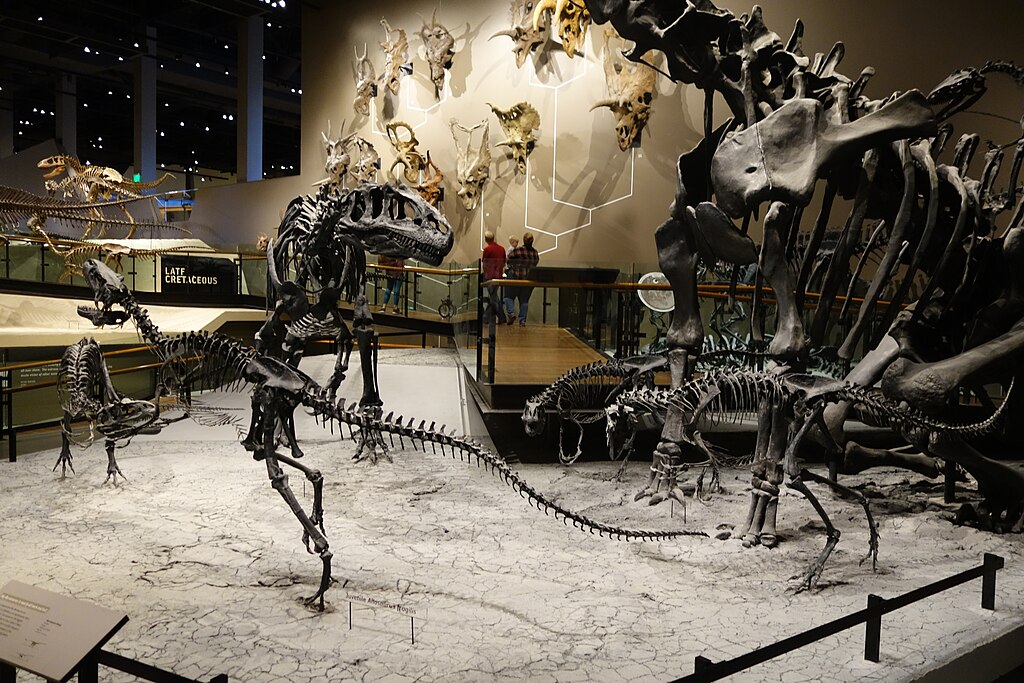Fossils, nature’s time capsules, offer us glimpses into Earth’s distant past. These preserved remains and traces of ancient organisms have helped scientists piece together the evolutionary history of life on our planet, from microscopic bacteria to towering dinosaurs. The process of fossilization is rare and remarkable, requiring specific conditions and often taking millions of years to complete. When we hold a fossil in our hands, we’re touching something that has undergone an extraordinary transformation through geological time scales. This article explores the fascinating journey of how ordinary remains transform into the extraordinary fossils that fill our museums and fuel our understanding of prehistoric life.
The Rarity of Fossilization
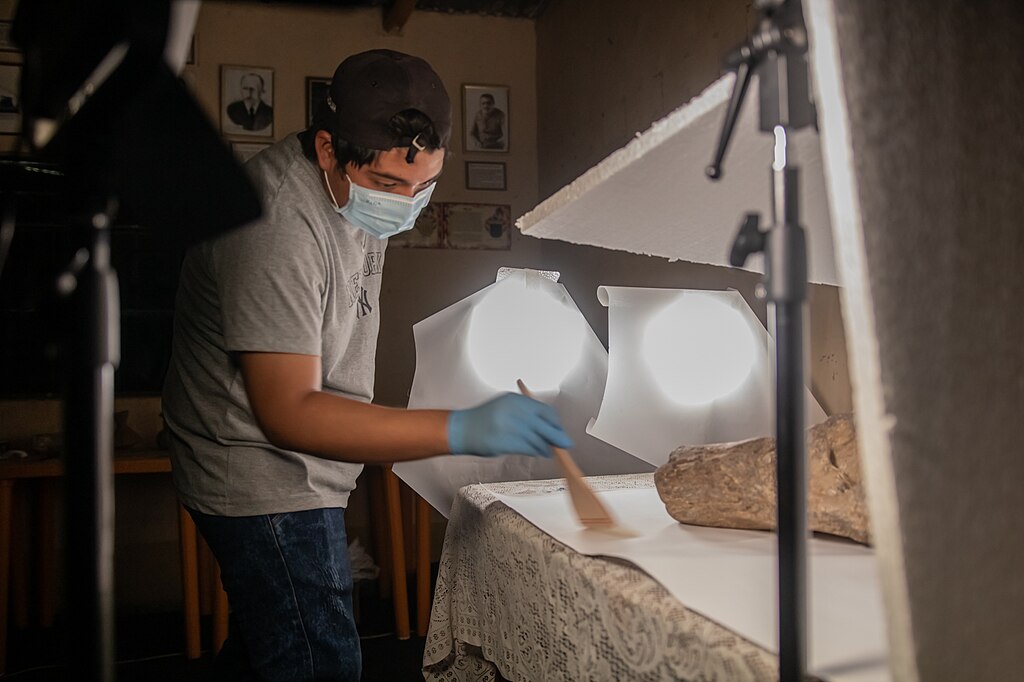
Fossilization is an exceptionally rare process, with scientists estimating that less than one percent of all species that ever lived have been preserved as fossils. For an organism to become fossilized, a precise sequence of events must occur immediately following death. Most organisms decompose rapidly or are consumed by scavengers, leaving nothing behind to preserve. Hard parts like bones, shells, and teeth stand the best chance of fossilization because they’re more resistant to decay than soft tissues. Additionally, rapid burial is crucial to protect remains from destructive forces like oxygen exposure, scavenging, and weathering. This explains why the fossil record is inherently incomplete, providing us with just brief snapshots of Earth’s biological history rather than a continuous narrative.
Death: The First Step in Fossilization
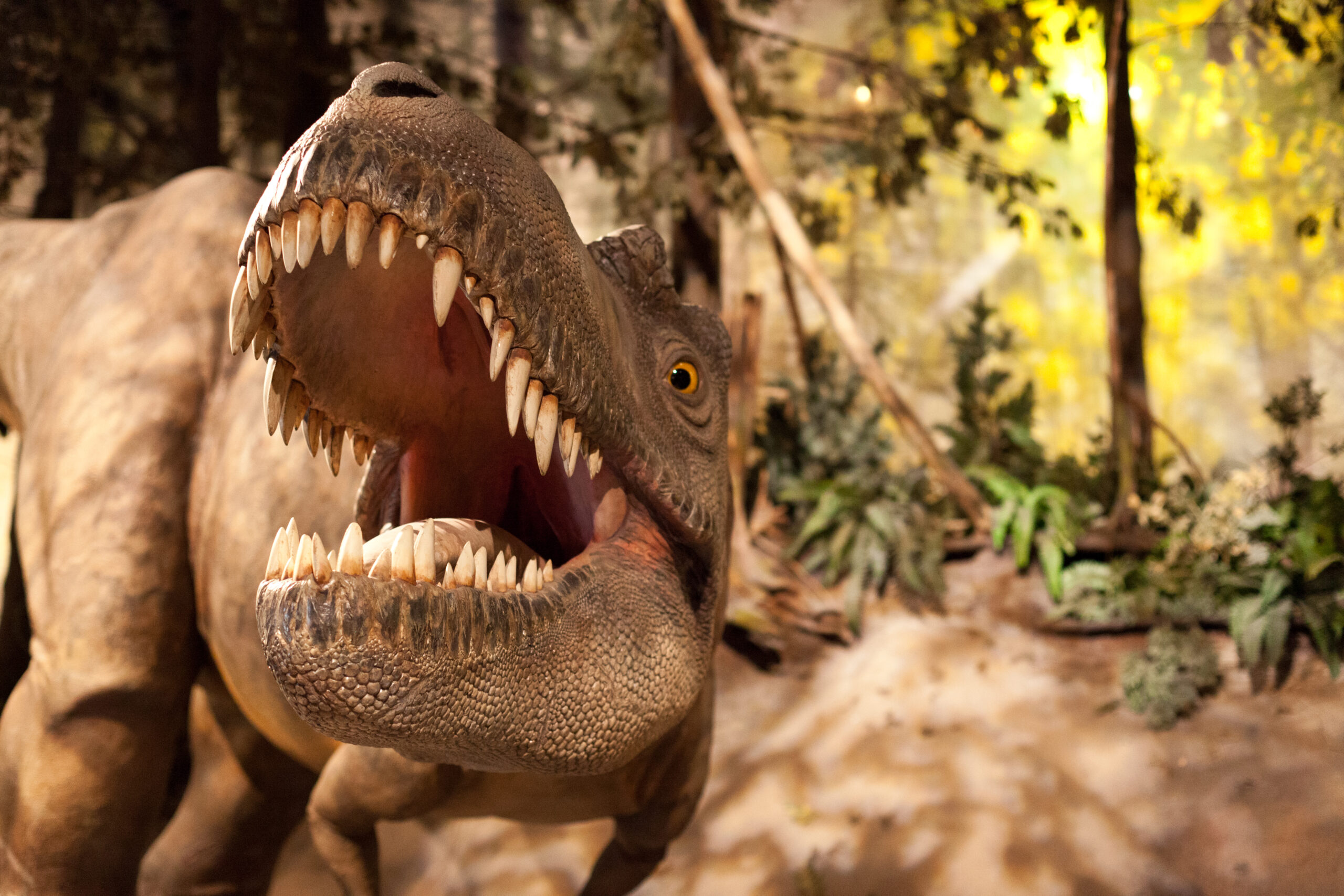
The fossilization process begins with death, but not just any death will lead to preservation. The organism must die in conditions conducive to fossilization, such as being buried quickly in sediment. Animals that die in water bodies like lakes, rivers, or shallow seas have better chances of becoming fossils because sediments can rapidly cover their remains. Similarly, organisms that perish during natural disasters like volcanic eruptions, floods, or in tar pits may be quickly buried and preserved. The location of death significantly influences fossilization potential, which explains why fossils are commonly found in sedimentary environments rather than terrestrial settings where remains are more likely to be exposed to the elements. This initial stage sets the foundation for the potential preservation of the organism’s physical form through deep time.
Rapid Burial: Protection from Decay

Rapid burial serves as a crucial protective shield against the natural processes that typically erase all traces of an organism after death. When sediment—such as mud, sand, or volcanic ash—quickly covers remains, it creates a low-oxygen environment that inhibits bacterial decay and prevents scavengers from accessing the carcass. The sediment acts as a physical barrier, shielding the remains from destructive environmental factors like wind, rain, and sunlight that would otherwise accelerate decomposition. The depth and type of burial material significantly influence preservation potential; fine-grained sediments like clay or silt often preserve more detail than coarse materials like sand. Historical examples demonstrate this principle effectively: the remarkably preserved dinosaur fossils of the Morrison Formation resulted from rapid burial in river sediments, while the exceptional preservation of Pompeii’s victims came from sudden entombment in volcanic ash.
Permineralization: The Mineral Infiltration

Permineralization represents one of the most common fossilization processes, where minerals gradually replace the microscopic spaces within an organism’s remains. As groundwater rich in dissolved minerals seeps through the buried organic material, these minerals precipitate out of solution and fill the empty cells, pores, and other microscopic spaces within the remains. Common minerals involved in this process include silica, calcite, and pyrite, each creating distinctly different types of fossils. Petrified wood offers a classic example of permineralization, where silica-rich solutions infiltrate the cellular structure of buried trees, preserving even minute details like growth rings and cell structures. This mineral infiltration creates a stone replica of the original organism while maintaining its internal structure. The process occurs gradually over thousands to millions of years, with the speed depending on factors like groundwater chemistry, temperature, and the porosity of the original material.
Replacement: Molecule by Molecule Exchange
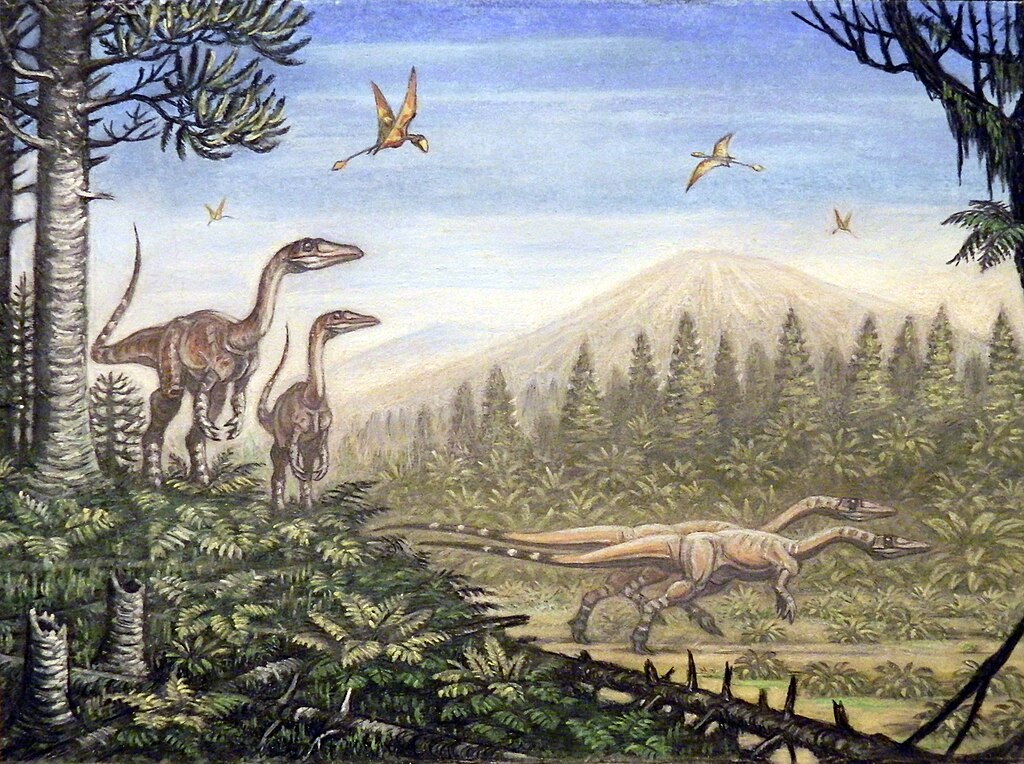
Replacement represents a more complete transformation than permineralization, involving the molecule-by-molecule substitution of the original organic material with minerals. In this meticulous process, as each molecule of organic material dissolves, it is immediately replaced by a mineral molecule, creating a replica with the same physical structure but entirely different chemical composition. This transformation can preserve extraordinary detail, including microscopic structures that reveal information about the organism’s biology. Different minerals create distinctly different types of fossils; for example, silica replacement often preserves exceptional detail, while pyrite replacement creates distinctive “fool’s gold” fossils with metallic luster. The speed of replacement varies dramatically depending on environmental conditions, mineral availability, and the nature of the original remains. Some of the most scientifically valuable fossils undergo replacement, as this process can preserve both external and internal structures with remarkable fidelity.
Carbonization: Preserving Organic Impressions
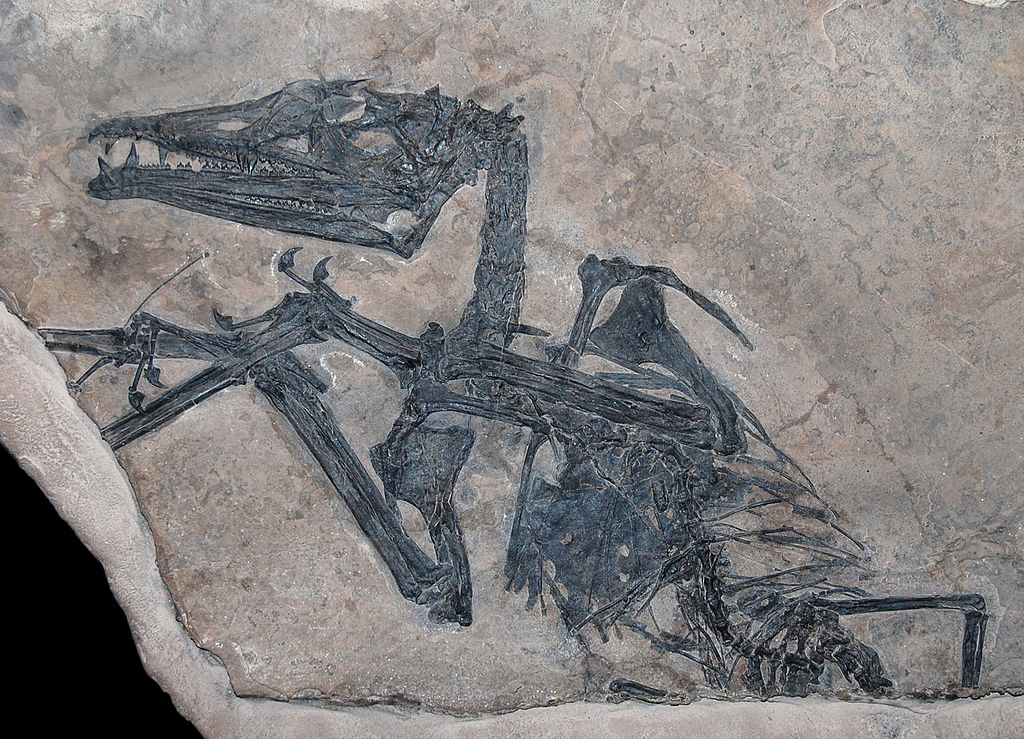
Carbonization occurs when intense pressure and heat strip away volatile elements like hydrogen, oxygen, and nitrogen from organic remains, leaving behind a carbon film that outlines the organism’s form. This process commonly preserves soft-bodied organisms that would otherwise leave no trace in the fossil record, making it particularly valuable for understanding ancient ecosystems. Plant fossils frequently undergo carbonization, creating the striking black impressions of leaves, ferns, and other vegetation found in coal seams and shale deposits. The Burgess Shale in Canada and Mazon Creek in Illinois represent famous fossil beds where carbonization has preserved remarkable details of soft-bodied creatures from the Cambrian and Carboniferous periods respectively. During carbonization, the original three-dimensional structure is typically flattened by pressure, resulting in a two-dimensional fossil that resembles a silhouette or impression. Despite this compression, these fossils often preserve astonishingly fine details, including delicate structures like insect wings, fish scales, and even the cellular patterns of plant leaves.
Molds and Casts: Nature’s Impressions

Molds and casts form through a two-stage process that begins when sediment hardens around an organism, creating a negative impression (the mold) after the original material dissolves away. This hollow space perfectly preserves the external features of the organism. If this cavity later fills with minerals or sediment that subsequently hardens, it creates a cast—a positive three-dimensional replica of the original organism. External molds preserve the outer surface details, while internal molds form when sediment fills an organism’s internal cavities, such as the inside of a shell, before the shell itself dissolves. The preservation quality of molds and casts varies dramatically based on sediment grain size; fine-grained materials capture significantly more detail than coarse sediments. These fossils provide valuable information about extinct organisms’ external morphology even when no original material remains. Famous examples include ammonite molds, where the spiral shells dissolved but left perfect impressions in surrounding rock, and dinosaur footprint casts, which preserve evidence of prehistoric behavior despite no bone material being present.
Trace Fossils: Preserved Behaviors

Trace fossils represent a unique category that preserves evidence of animal activity rather than the organisms themselves, offering invaluable insights into prehistoric behavior that body fossils alone cannot provide. These biogenic structures include footprints, trackways, burrows, feeding marks, nests, and even coprolites (fossilized feces). Unlike body fossils, trace fossils record dynamic moments in an organism’s life—how it moved, what it ate, or where it lived. Paleontologists classify trace fossils using a separate taxonomic system called ichnology, with names that describe the trace rather than the organism that made it. The study of trace fossils has revolutionized our understanding of dinosaur behavior, revealing evidence of herding, predator-prey interactions, and parental care. Perhaps most importantly, trace fossils often preserve evidence of soft-bodied organisms that rarely fossilize themselves, offering glimpses of creatures that would otherwise remain unknown to science. The Coconino Sandstone of the Grand Canyon, for instance, contains thousands of fossilized footprints from animals that lived 275 million years ago, providing evidence of life forms whose bodies were never preserved.
Exceptional Preservation: Rare Windows to the Past

Exceptional preservation occurs under rare and specific conditions that protect not only hard parts but also soft tissues, offering unprecedented glimpses into ancient life. These extraordinary fossils, known as lagerstätten (fossil motherlodes), preserve details like skin impressions, feathers, internal organs, and even cellular structures. The preservation typically results from unusual environments that inhibit decomposition, such as anoxic conditions in stagnant lakes, rapid burial in fine volcanic ash, or entombment in substances like amber or tar. The Solnhofen Limestone in Germany, famous for preserving Archaeopteryx with its feather impressions intact, demonstrates how fine-grained sediments in an oxygen-poor lagoon environment can preserve remarkable detail. Similarly, La Brea Tar Pits in Los Angeles contain exceptionally preserved Pleistocene mammals whose remains were protected by natural asphalt. Perhaps most spectacular are amber inclusions, where ancient tree resin entombed insects and small organisms, preserving them in three-dimensional perfection for tens of millions of years, sometimes even preserving original DNA fragments and cellular structures.
Lithification: Turning Sediment to Stone
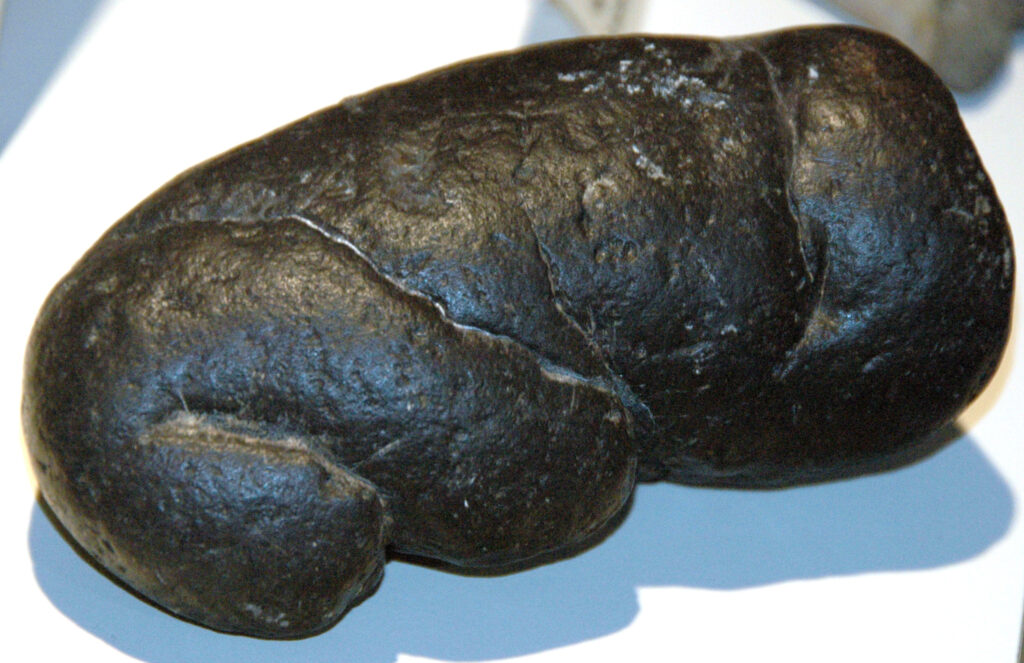
Lithification transforms loose sediment into solid rock, a critical step that helps ensure the long-term preservation of fossilized remains. This process begins as layers of sediment accumulate above the buried organism, creating increasing pressure that compacts the lower layers. Simultaneously, mineral-rich water percolates through the compressed sediment, depositing minerals that bind the particles together through cementation. The newly formed sedimentary rock encases and protects the developing fossil within it. Different sediment types undergo lithification at varying rates; carbonate-rich materials typically lithify more quickly than silica-based sediments. The composition of the resulting rock significantly influences how well the fossil preserves—fine-grained mudstones often contain more detailed fossils than coarse sandstones. This process typically takes thousands to millions of years, occurring deep below the Earth’s surface while tectonic forces slowly reshape continents. Without lithification, many fossils would disintegrate before humans ever had the chance to discover them, making this seemingly mundane geological process essential to our ability to study prehistoric life.
Uplift and Exposure: Revealing Ancient Treasures
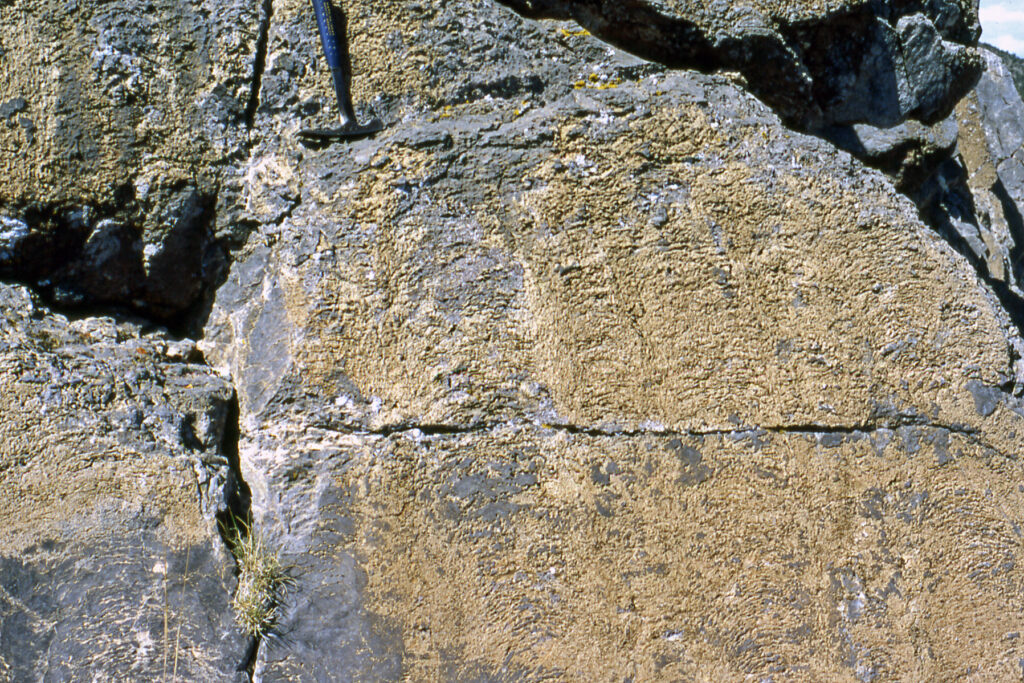
After millions of years buried beneath the Earth’s surface, fossils require geological forces to bring them within human reach. Tectonic activity, including mountain building and fault movement, gradually pushes deeply buried rock layers toward the surface. This uplift exposes previously inaccessible fossils to erosional forces like wind, water, and temperature fluctuations that slowly weather away the surrounding rock. The Badlands of South Dakota exemplify this process perfectly, where continuous erosion reveals new fossils each year as the soft sedimentary layers wear away. The timing of exposure proves critical—too much weathering can destroy fossils before discovery, while too little leaves them hidden within rock. The world’s most productive fossil sites typically feature the perfect balance of regular erosion and fresh exposure. Coastal cliffs like those at Lyme Regis in England demonstrate this principle clearly, where wave action continuously erodes the cliff face, exposing new fossils while washing others into the sea. This final stage of the fossilization journey transforms these ancient remains from hidden geological features into scientific treasures that illuminate Earth’s distant past.
The Human Element: Discovery and Interpretation
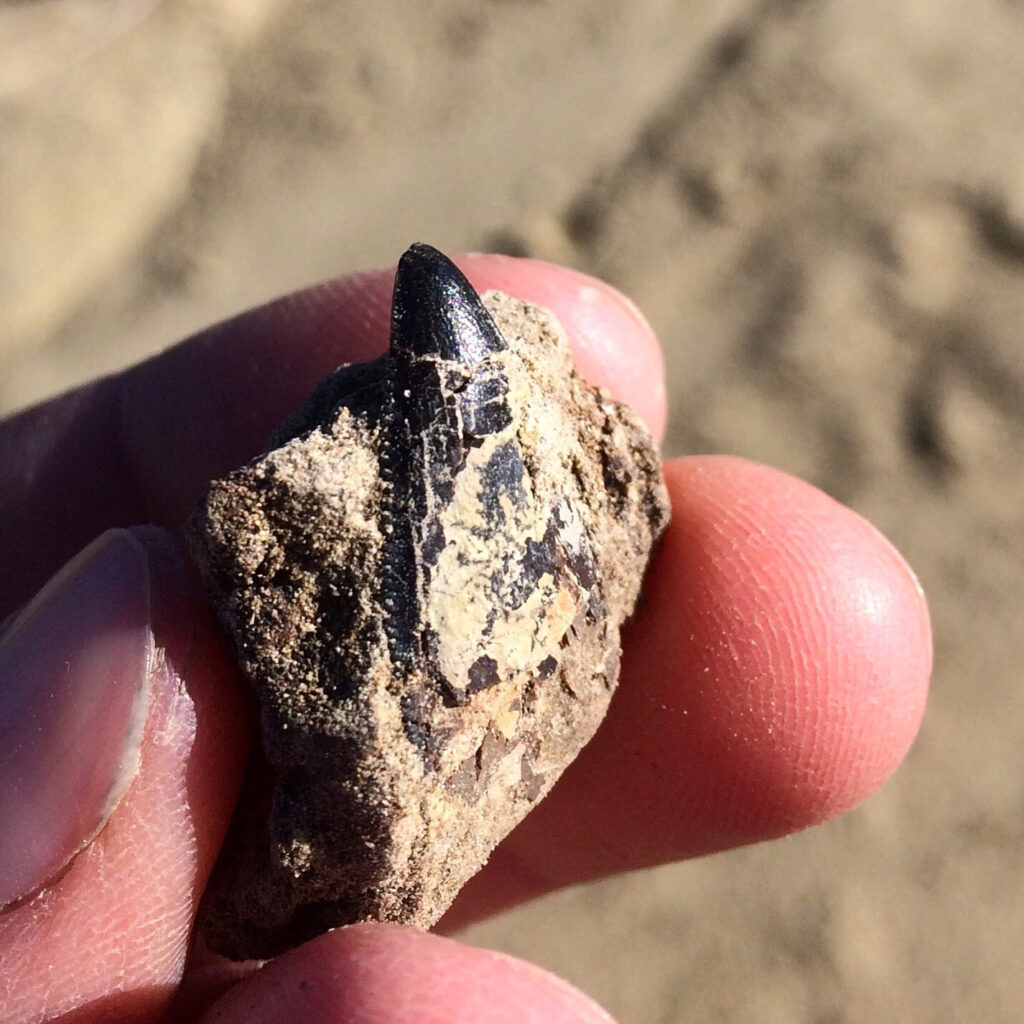
The fossilization journey culminates when human eyes finally observe what nature has preserved for millions of years. Professional paleontologists, amateur fossil hunters, and even unsuspecting hikers participate in this final step, transforming buried remnants into scientific knowledge. The discovery process ranges from systematic scientific expeditions in known fossil-bearing formations to accidental finds during construction projects or coastal walks. Once discovered, fossils undergo careful extraction using specialized tools and techniques to prevent damage to these irreplaceable specimens. Laboratory preparation follows, where technicians meticulously remove surrounding matrix rock, sometimes requiring months or years of work on a single specimen. The scientific interpretation phase then begins, with researchers analyzing the fossil’s anatomy, comparing it to known species, determining its age, and reconstructing its paleoenvironment. Digital technologies increasingly enhance this process, with CT scanning revealing internal structures without damaging specimens and 3D modeling helping scientists understand how extinct creatures moved and functioned. Through this human element, fossils transform from mere stones into vital evidence in our understanding of life’s evolutionary history.
Time: The Essential Ingredient
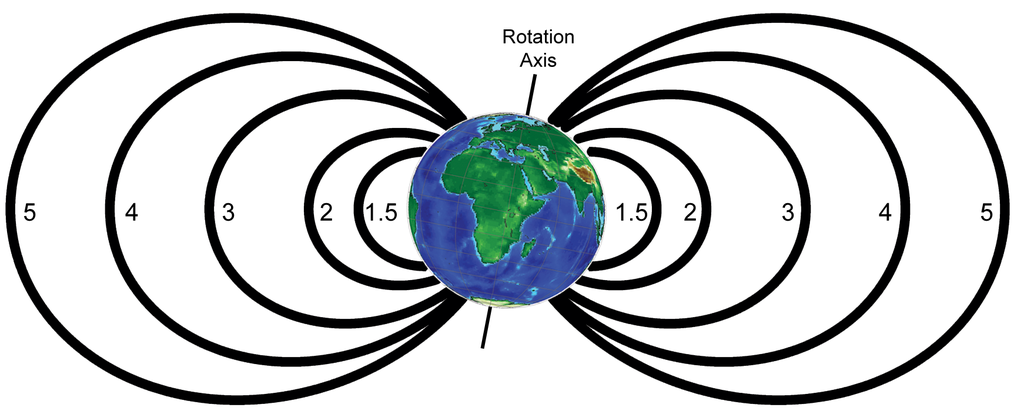
Time represents the most fundamental element in fossilization, with most fossils requiring millions of years to form completely. This extensive temporal scale defies human comprehension, stretching far beyond our lived experience. During these vast periods, geological processes operate with imperceptible slowness—minerals migrate molecule by molecule into buried remains, sediments gradually compress into rock, and continental plates shift by millimeters annually. The oldest known fossils, stromatolites produced by ancient cyanobacteria, date back 3.5 billion years, representing nearly three-quarters of Earth’s entire history. Even relatively young fossils typically form over thousands of generations of human lifespans. This temporal perspective highlights the extraordinary nature of each fossil discovery; we hold in our hands objects that have undergone processes spanning millions of years. The fossil record’s incompleteness reflects this time requirement—only a tiny fraction of all organisms that ever lived died under the precise conditions and had sufficient time to fossilize. When we examine a 150-million-year-old dinosaur bone or a 500-million-year-old trilobite, we’re not merely looking at ancient remains but witnessing the product of deep time itself.
Conclusion

The journey from living organism to museum specimen represents one of nature’s most remarkable transformations. Through a sequence of improbable events—death in the right environment, rapid burial, mineral infiltration, and eventual discovery—a small fraction of Earth’s organisms become preserved for future study. Each fossil tells a unique story, not just about the organism it once was, but about the ancient environments, climates, and ecosystems in which it lived. As our understanding of fossilization processes improves, we continue to refine our techniques for extracting information from these geological time capsules. Despite their rarity, fossils provide our only direct evidence of life’s early history, allowing us to reconstruct evolutionary relationships and understand how modern organisms came to be. By appreciating the intricate processes that create fossils, we gain deeper insight into both Earth’s geological workings and the magnificent diversity of life that has called our planet home across the vast expanses of deep time.

